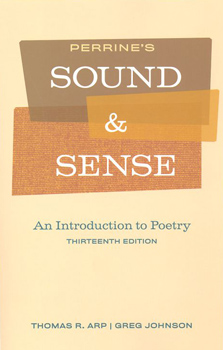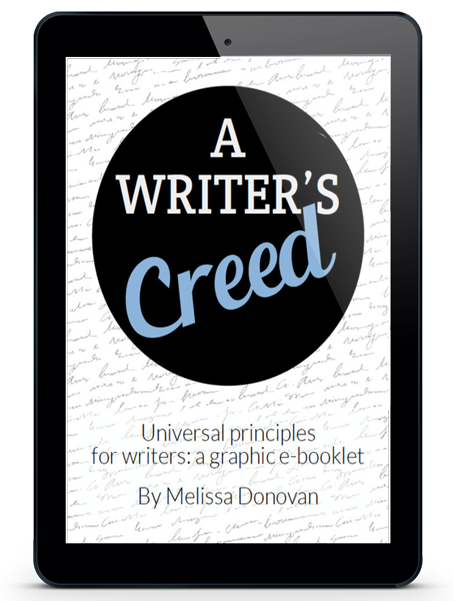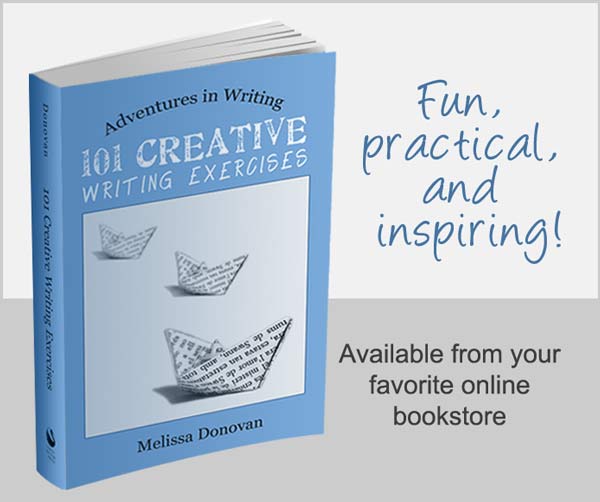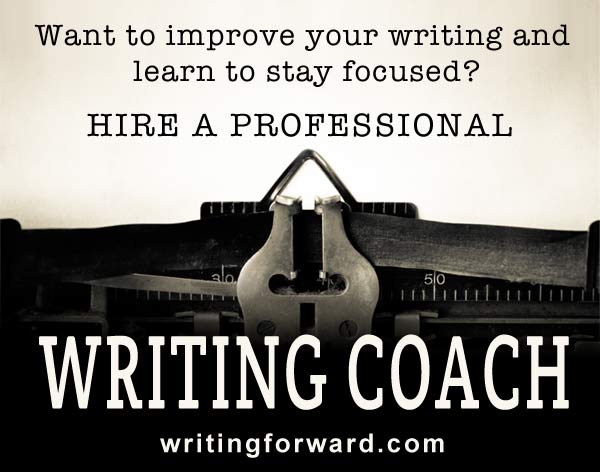This post contains affiliate links.
This is one of my favorite writing resources of all time. It is subtitled “An Introduction to Poetry,” but it’s full of concepts that can benefit any form of writing.
Whether you write fiction, articles, essays, or blog posts, Perrine’s Sound and Sense will enhance the way you perceive and use language to communicate an idea, a scene, or information.
After all, language is a writer’s medium. How do we choose words and string them together? What makes one sentence so vivid while another is practically impossible to visualize? How can we play with the meaning of words in a way that is meaningful? How do we craft prose that is musical?
These, of course, are questions that poetry actively asks and explores. Storytellers spend a lot of time on plot and character. Article writers spend a lot of time on research. Bloggers spend a lot of time under the hood. Poets live and breathe in language.
And language — or rather, a writer’s use of it — is what elevates a piece of ordinary prose to something regal. Through a light study of poetry, you will expand your vocabulary, learn simple techniques to make images out of words, and understand the deeper secrets of language — secrets that make your writing extraordinary.
Perrine’s Sound and Sense
This book is a delightful and comprehensive romp through the intricacies of poetry and language. It’s a perfect introduction to poetry because it’s liberally populated with fantastic poems that will satisfy a range of personal tastes and preferences, making it a veritable anthology that teaches concepts alongside each poem (or that uses poems to beautifully illustrate and illuminate various concepts).
Sound and Sense starts with the basics. The first two chapters are respectively titled “What is Poetry?” and “Reading a Poem.” If you’ve ever wondered what all the fuss was about poetry and why so many successful writers advocate poetry, these chapters will show you the light, both through their discussion of poetry and presentation of poems.
Later chapters deal with increasingly complex concepts. These concepts are taught in the context of how they are applied to poetry, but they are applicable to any kind of writing. The chapter on “Denotation and Connotation” explains how we choose words based on their meaning, particularly when we can choose between two (or more) words with the same meaning:
The words childlike and childish both mean “characteristic of a child,” but childlike suggests meekness, innocence, and wide-eyed wonder, while childish suggests pettiness, willfulness, and temper tantrums. (p. 41)
We’ve all heard that imagery is critical to our writing, but many writers don’t quite understand what “show, don’t tell” actually means. Master writers refer to similes, metaphors, symbols, and allegories, all effective literary devices in any form. Sound and Sense helps you understand the importance of these devices, shows you how to identify them in a piece of writing, and therefore gives you the knowledge you need to apply those devices in your own work.
The insight doesn’t stop with meaning and literary devices. The book goes on to explore tone and dedicates a significant portion of its final chapters to musicality with chapters such as “Musical Devices,” “Rhythm and Meter,” and “Sound and Meaning.”
Everything that we do naturally and gracefully we do rhythmically. There is rhythm in the way we walk, the way we swim, the way we ride a horse, the way we swing a golf club or a baseball bat. So native is rhythm to us that we read it, when we can, into the mechanical world around us. Our clocks go tick-tick-tick but we hear tick-tock, tick-tock. (p. 187)
So if you’ve ever wondered how to make your writing sing and dance, if you’ve ever gotten a phrase stuck in your head and wondered what made it so catchy and then wondered how you could craft writing that is just as memorable, this book is for you.
Sound and Sense features tons of wonderful poems by some of the best known and loved poets of all time, including Maya Angelou, Emily Dickinson, Robert Frost, Langston Hughes, Andrew Marvell, Sylvia Plath, Edgar Allen Poe, Anne Sexton, Shakespeare, and far too many others to list here. And it’s all capped off with a handy glossary and comprehensive index, which makes revisiting its contents quick and easy. I’m telling you, this is a resourceful little book!
Writing Resources
This gem of a book doubles as an anthology of poetry and is useful for both readers and writers of poetry. But writers of all forms will reap great benefits by investing in this book.
Mostly used as a college textbook, it’s loaded with treasures packed in a dense landscape of writing concepts, some of which are practical and others that are whimsical, plus a bunch of writing concepts that are just plain magical.
Sound and Sense will transform the way you think about writing and will improve your writing at the levels of words and sentences, sounds and phrases. Want to make readers hungry? Want to make them think and feel and swoon and dance? Then get this book, because it shows you how to do just that.
Got any writing resources that you’d like to recommend? Do you find that studying one form helps you improve another? Share your thoughts by leaving a comment. And keep writing!





I do believe that studying poetry can help a writer enhance his skill in using the appropriate words and mingling them with other words in a smooth and natural manner. I remember during my high school days, my passion for writing started when I fell in love with the works of Robert Frost and William Shakespeare. I was so inspired by them that every time I read their compositions, it made me think and dream of being able to write like them someday.
I particularly like this line “Article writers spend a lot of time on research. Bloggers spend a lot of time under the hood. Poets live and breathe in language.” So true. I hope that someday, I can live and breathe in language like poets do =)
Why someday? Why not today?
I fell in love with poetry through music. I guess earlier on, I was into Dr. Seuss, Shel Silverstein, and nursery rhymes (I love “Hey Diddle Diddle”). But around the time I started writing poetry, I used to write down song lyrics and analyze them. It became obvious that some lyrics didn’t work without the music but others were poems in their own right. It wasn’t until much later, in college, that I really became exposed to poetry. It’s true that poets are immersed in language. That’s one of the reasons a little study in poetry can so greatly enhance any writer’s prose.
You really are a great lover of music =) Me too. It’s true that some lyrics, especially those written by great songwriters, are simply poems that are accompanied by music. I especially love poems that have rhymes and good syllable counts. Nowadays, poetry is often regarded as “old-school”, when the truth is poetry is a solid foundation for great writing.
Thanks for always encouraging writers to get that poetic juice flowing!
If I had to name two writing practices that I advocate most because they are in short supply among today’s writers, they would be grammar and poetry. These are things that seem to be missing in a lot of modern writing (especially on the web). I think a lot of people were first exposed to poetry they couldn’t relate to. I mean, why would the average 14-year-old want to read Shakespeare and how can we possibly expect the average person that age to appreciate his work? The way to interest people in poetry is to give them poetry that they’ll be able to relate to and understand with ease. Anyway, yes, let’s keep promoting poetry and encouraging writers to read and write it!
You’re right; grammar and poetry have been a little neglected especially with so much freestyle writing in the web today. I can still remember how strictly we followed the correct grammar usages during the time when internet was not yet known and the only way to publish something is through a hard-bound book or print. Now, it’s like we are so free to express anything in any manner we can think of. The freedom is great but sometimes writers tend to go far and forget the basics. I am guilty of this sometimes :-).
Shakespeare was introduced to us in 4th year high school and we really had no choice but to learn his works. It was really hard for me to understand his writings because of his old-English style. But it turned out well because in the end, I have really come to appreciate his works and I’ve been very inspired ever since. All’s well that ends well 😉
I feel exactly the same way about everything you said, and I had the same experience with Shakespeare.
One of my critique partners is a poet and doing her Masters in linguistics. She writes such beautiful, lyrical language in her fiction. Hoping some of it will rub off on me. 🙂
Ooh, linguistics. That’s an interesting field of study. Wish I knew more about it.